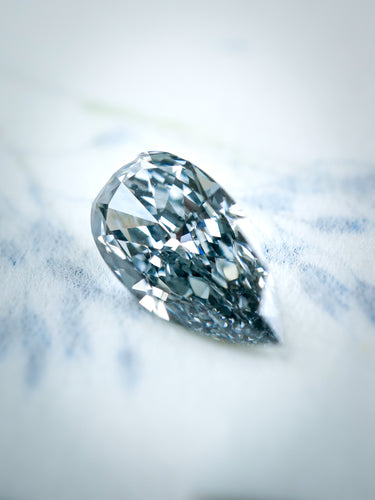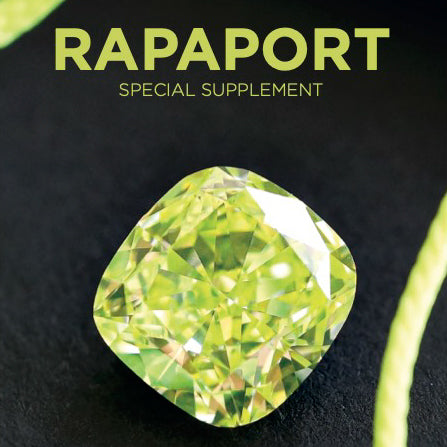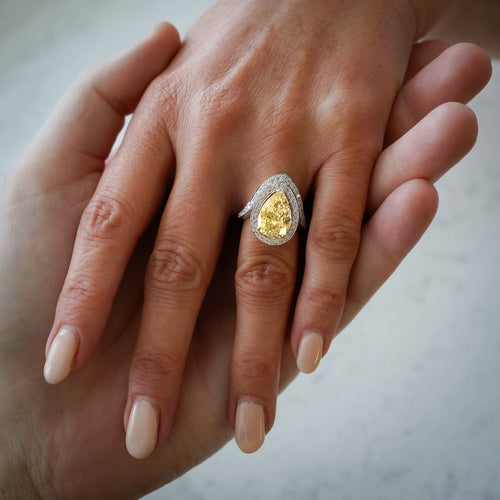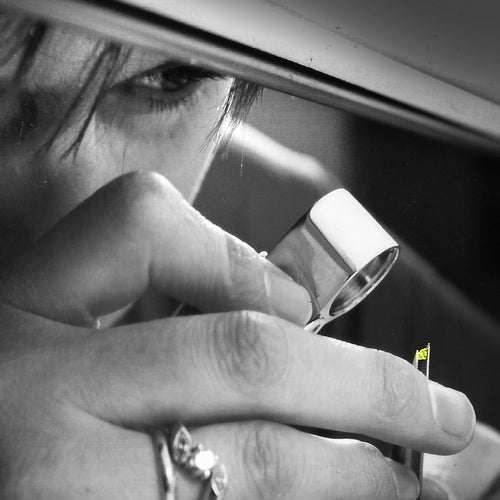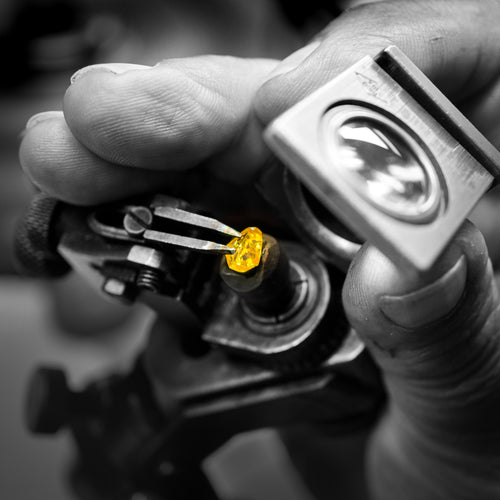
For almost a century and a half, diamonds were transported from India to Europe by navigating around the Southern tip of Africa. In the middle of the 17th century, the Dutch East India Company established a supply base in South Africa. Cape Town was founded and the natives were submitted to the rule of the Dutch farmers, called "Boers". The British, which at the time were at war against Napoleon and understood the importance of the sea route to India for their naval supremacy, captured Cape Town in 1806 and abolished slavery.
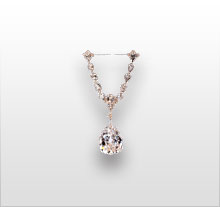
The brothers Diederik Arnoldus and Johannes Nicholas de Beer were Boers. In 1866, Daniël Jacobs, a Boer as well, discovered the first South African diamond on their land.
This diamond was named Eureka when it was presented at the 1868 World Expo in Paris. Shortly thereafter, another Boer discovered an 83.50-carat stone, the Star of South Africa (which was sold by Christie's for US$522,000 in the beginning of the years 2000). This is all that was needed to start the first diamond rush in 1870.
Thousands of diamond prospectors arrived, among which a certain Mr. Jackson. In May 1871, he proposed to the De Beers brothers that he would dig their land in exchange for 25% of what he found. Hearing wind of this, the diamond rushers invaded these farmers' land and chased them away. As a result, the De Beers brothers never had the smallest parcel of the priceless crater that would later become the Kimberley Mine.
The Foundation of an Empire
In 1874, there were 430 concessions in the Kimberley mine. Little by little, the companies joined forces in order to finance more powerful machinery, which gave rise to a boom in the South African diamond production. This resulted in a serious crisis, between 1873 and 1894, which sent diamond prices tumbling by 60%. It would have been nice to be able to control production!
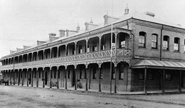

Cecil Rhodes, an Englishman, landed in South Africa in 1871. He first rented part of a concession from the mine that formerly belonged to the De Beers brothers.
At the same time, he made a fortune selling water pumps to diggers, and from the beginning of the crisis, set out to purchase the lands of all those who were leaving the area.
In 1881, he established De Beers Mining Co.
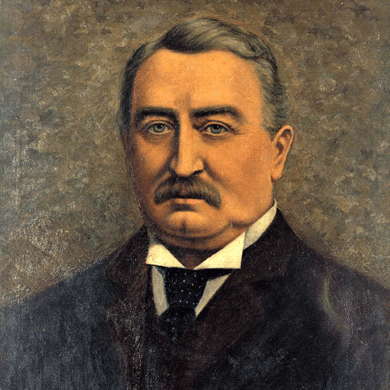
From purchase to purchase, with the birth of De Beers Consolidated Mines, Rhodes saw his dream become reality: he controlled South African production. But other mines were being opened and it wasn't until 1926, when Ernest Oppenheimer joined the Board of De Beers, that the foundations were laid for the production and quasi-monopolistic distribution of diamonds that we know today.



